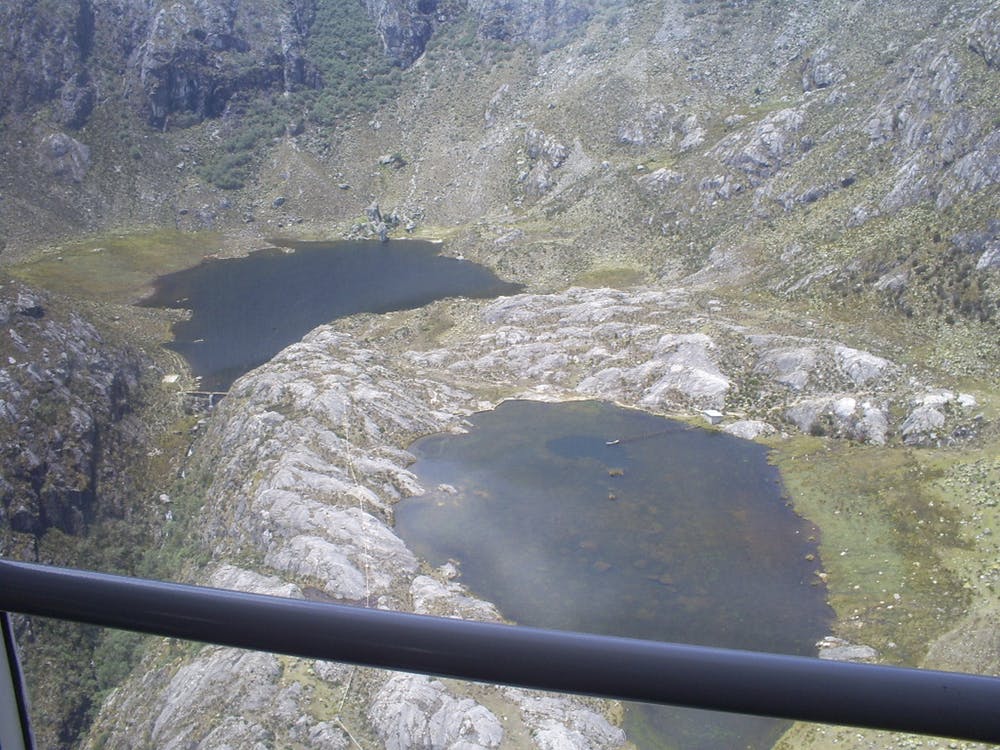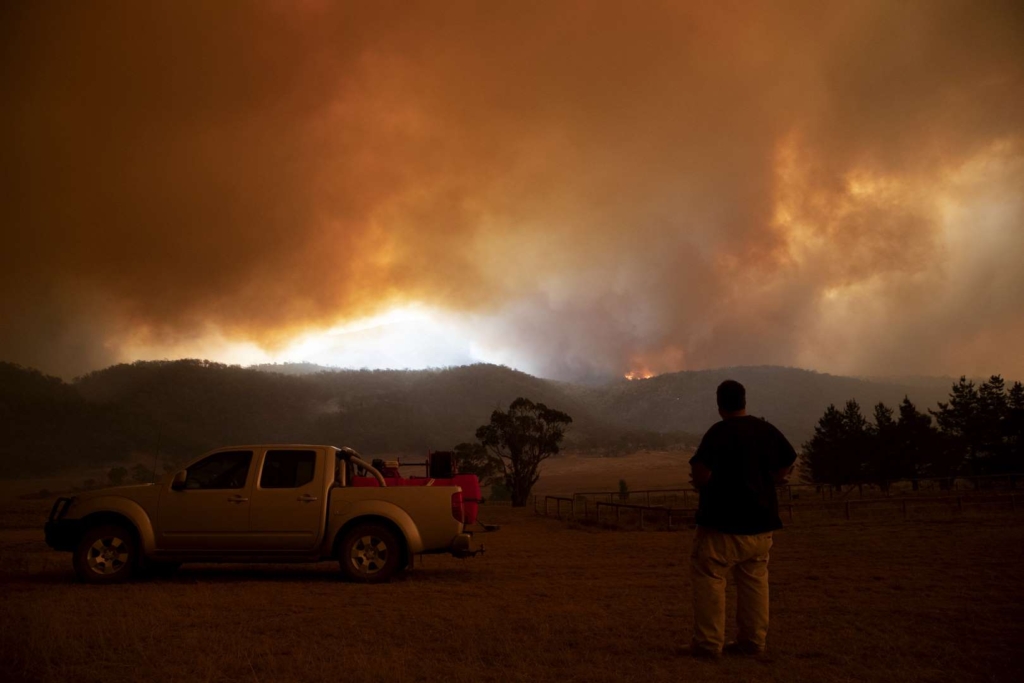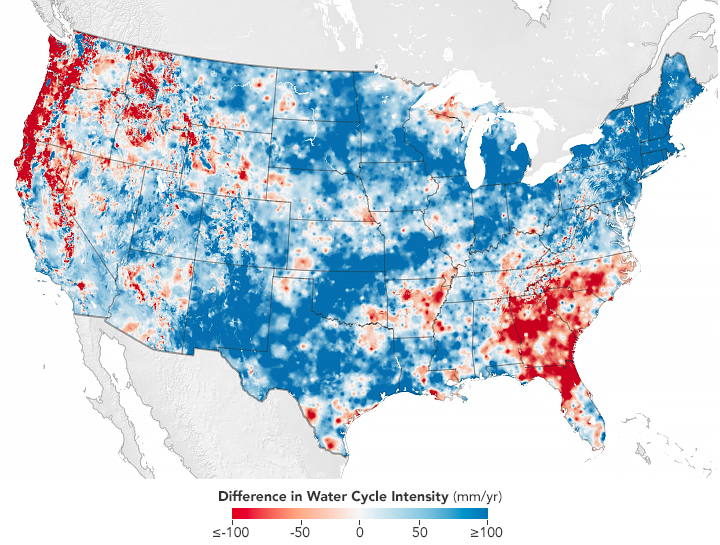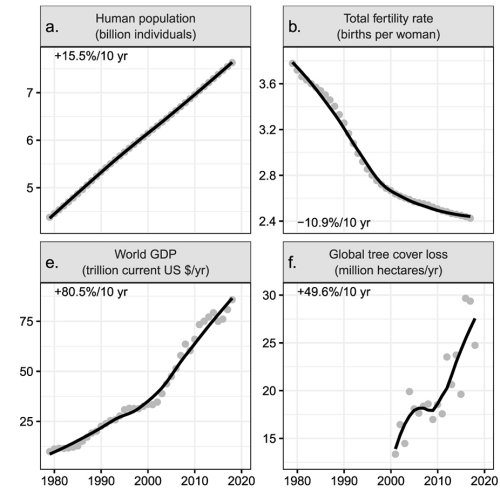Plants safely store toxic mercury. Bushfires and climate change bring it back into our environment.

By Larissa Schneider, Colin Cooke, Nathan D Stansell, and Simon Haberle
29 January 2020
(The Conversation) – Climate change and bushfire may exacerbate recent mercury pollution and increase exposure to the poisonous neurotoxin, according to our study published in the Journal of Paleolimnology.
Mercury stored in plants is released during bushfires, suggesting Australia is particularly at risk.
Our study in the Venezuelan Andes examined how mercury deposits responded when the world warmed by about 3℃ between 14,500 and 11,500 years ago. (Scientists call this period the transition from the Last Glacial Maximum to the Holocene).
We found the amount of mercury deposited in the environment at this time increased four-fold. […]

Over the past 150 years, humans have tripled the amount of mercury in the atmosphere. It can remain there for months, and be transported by wind to even the most remote ecosystems on Earth.
Average global temperatures have increased by 0.8℃ since 1880 , with two-thirds of this warming occurring since 1975. Understanding how mercury responded to past known climate change may help us forecast future mercury exposure as the climate warms. […]
Layers of sediment settle to the bottom of lakes over thousands of years. By collecting sediment cores, scientists can precisely date each layer and reconstruct past climates. Lake sediment also provide a good historical of mercury contamination.

We examined how mercury deposits in a small lake – the Laguna de Los Anteojos in the Venezuelan Andes – changed as the ecosystem shifted with the climate.
We found the amount of mercury in the lake increased rapidly as temperature increased – which doesn’t bode well for us. […]
Plants can store a significant pool of mercury from the atmosphere, which is good – until fires occur.
Unfortunately, mercury stored by vegetation is released during burning. This is particularly the case in contaminated areas, where plants store significant quantities of mercury emitted from human activities such as mining.
Given the recent catastrophic fires engulfing large tracts of land in Australia, that’s a worry. [more]
Plants safely store toxic mercury. Bushfires and climate change bring it back into our environment
Effects of climate variability on mercury deposition during the Older Dryas and Younger Dryas in the Venezuelan Andes
ABSTRACT: We present a high-resolution record of Late Glacial and Early Holocene mercury (Hg) accumulation within the sediments of Laguna de Los Anteojos, a small headwater alpine lake in Venezuela. Our sediment core spans the Older Dryas (OD) and Younger Dryas (YD) climate reversals, providing new insight into the effects of abrupt climatic transitions on atmospheric Hg deposition. Sediment Hg concentrations and accumulation rates (fluxes) increased sharply after regional deglaciation and then peaked immediately prior to onset of both the OD and YD. Mercury concentrations and fluxes then decreased through cold OD and YD conditions. Both Hg concentrations and fluxes increased rapidly with warming, rising two-fold in about 100 years after the OD and nearly four-fold in about 500 years during the latter-half of the YD. This lake-sediment record of Hg dynamics during the Glacial–Holocene transition suggests atmospheric Hg cycling is affected by abrupt climate change.


